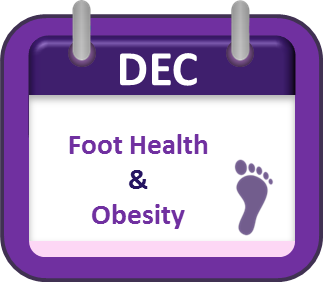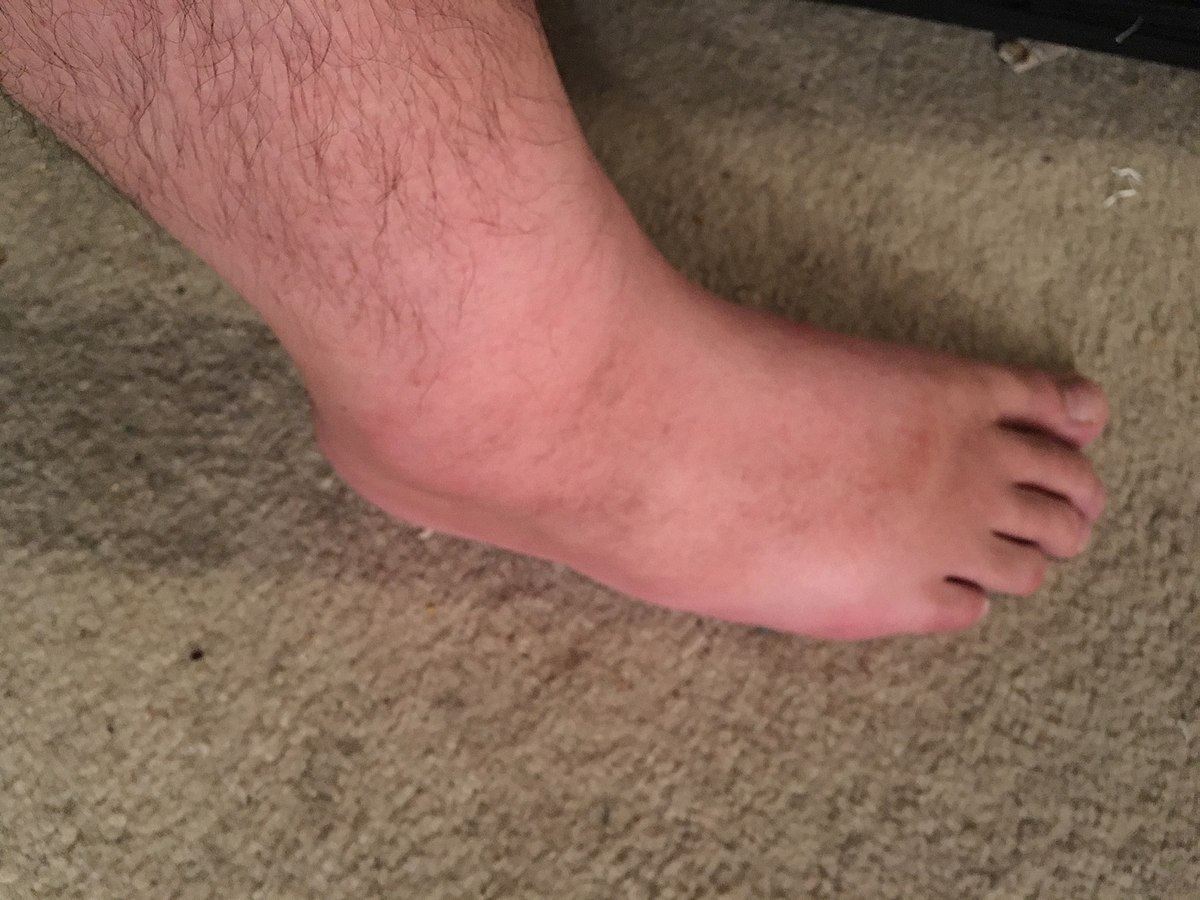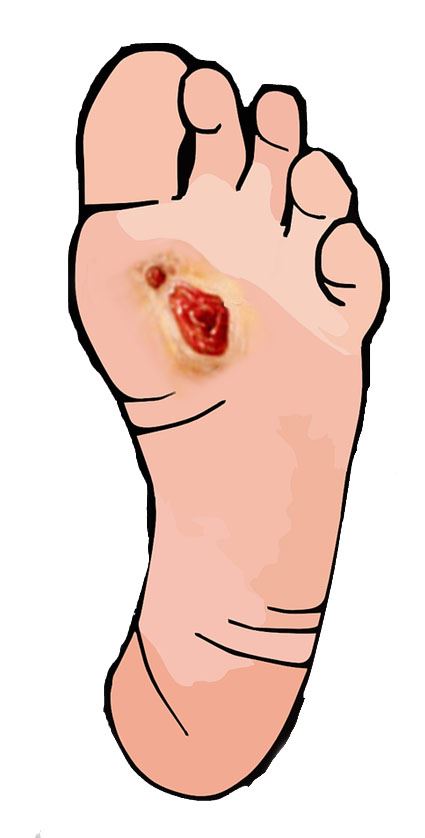|
Obesity & Foot Conditions
A study conducted by the AOFAS noted that foot and ankle problems can be linked to an individual’s weight and body mass (BMI). Almost 41% of the studied group reported weight gain prior to foot pain. What is BMI?
Not only your feet think your are fat, the Body Mass Index (BMI) can tell you if you are overweight or obese. BMI is a formula that divides a person's weight by the square of their height.
Other Foot Conditions Related to Obesity
| Obesity is strongly associated with foot problems and specific foot conditions. Being obese increases the risk of foot pain and chronic problems in your feet and ankles due to the extra weight that results not only in placing physical stress on the bones, but also changing the biomechanics over time. Plantar Fasciitis
Although there are a variety of causes that lead to Plantar Fasciitis, being overweight is definitely one of the main factors associated with this condition. The extra weight and excessive pressure overstretches the plantar fascia causing inflammation, swelling and pain. If untreated, the problem can worsen affecting the biomechanics of the foot. Visit a Doctor of Podiatric Medicine before you start suffering from this condition. © Image: Injurymap [CC BY 4.0 (https://creativecommons.org/licenses/by/4.0)], via Wikimedia Commons https://www.injurymap.com/diagnoses/arch-tendonitis Heel Pain
Having extra pounds also compresses the natural fatty padding on the soles of your feet, contributing to heel pain and possible fissures or fractures. Swelling (Edema)
Being overweight results in people to spending less time exercising and more time sitting or standing in the same position for longer periods of time, causing swelling due to the extra fluid that settles in the feet, ankles and legs.
People with obesity take longer to heal ulcers due to a series of factors:
|





 According to Obesity Canada, the BMI can be helpful for population health surveillance; However, it is not a tool that can be used to clinically diagnose people with obesity. Obesity should be diagnosed by a qualified health professional using additional clinical tests and measures.
According to Obesity Canada, the BMI can be helpful for population health surveillance; However, it is not a tool that can be used to clinically diagnose people with obesity. Obesity should be diagnosed by a qualified health professional using additional clinical tests and measures.  According to the Mayo Clinic, the plantar fascia acts like a shock-absorbing bowstring, supporting the arch in your foot.
According to the Mayo Clinic, the plantar fascia acts like a shock-absorbing bowstring, supporting the arch in your foot.  Heel pain is another common complaint within the obese population. One of the main causes for heel pain is Plantar Fasciitis. As mentioned before, the extra pressure on the plantar fascia causes inflammation and swelling, so in order to relieve the extra pressure,
Heel pain is another common complaint within the obese population. One of the main causes for heel pain is Plantar Fasciitis. As mentioned before, the extra pressure on the plantar fascia causes inflammation and swelling, so in order to relieve the extra pressure,
 Extra weight and pressure on your feet can damage nerves. When you can no longer feel discomfort in your feet, ulcers can show up much easier. Foot ulcers can be caused by tight-fitting shoes, infected wounds, poor circulation and fat pad atrophy.
Extra weight and pressure on your feet can damage nerves. When you can no longer feel discomfort in your feet, ulcers can show up much easier. Foot ulcers can be caused by tight-fitting shoes, infected wounds, poor circulation and fat pad atrophy.
